Thousands of people crossed into Europe in 2015, many fleeing the war in Syria or oppression in Eritrea. In the first half of 2015, 137,000 made the journey to southern Europe and the number of deaths on route tripled when compared to the same period the year before. The influx of refugees and migrants arriving on European shores sparked a crisis across the continent, creating division in the EU over how best to deal with resettling people.
European Union countries responded very differently to the refugees and migrants turning up at their borders. However, as the numbers increased, even the more welcoming countries began to make U-turns on policies and began to make moves to seal their borders.
In September, EU interior ministers approved a controversial plan to relocate 120,000 migrants across the continent over the next two years. Romania, the Czech Republic, Slovakia and Hungary voted against accepting mandatory quotas. It followed plans from May to share 40,000 refugees from just Greece and Italy, although these led to only about 32,000 places being allocated.
Click on the interactive map to find out more about how EU countries have reacted to the refugee crisis and figures on the quota plan and asylum applications.
Thousands of people crossed into Europe in 2015, many fleeing the war in Syria or oppression in Eritrea. In the first half of 2015, 137,000 made the journey to southern Europe and the number of deaths on route tripled when compared to the same period the year before. The influx of refugees and migrants arriving on European shores sparked a crisis across the continent, creating division in the EU over how best to deal with resettling people.
European Union countries responded very differently to the refugees and migrants turning up at their borders. However, as the numbers increased, even the more welcoming countries began to make U-turns on policies and began to make moves to seal their borders.
In September, EU interior ministers approved a controversial plan to relocate 120,000 migrants across the continent over the next two years. Romania, the Czech Republic, Slovakia and Hungary voted against accepting mandatory quotas. It followed plans from May to share 40,000 refugees from just Greece and Italy, although these led to only about 32,000 places being allocated.
Click on the interactive map to find out more about how EU countries have reacted to the refugee crisis and figures on the quota plan and asylum applications.
Research by Jessica Purkiss. Development by MEMO's Digital Team
In 2014, Austria had 28,065 asylum and new asylum applicants.
Under the 2015 EU relocation plans, the country will need to accept 4,853 refugees.
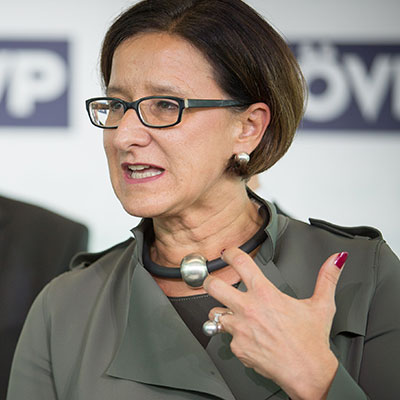
[build] a fortress Europe [to protect the EU's external borders from thousands of refugees entering Austria from Slovenia]View Source
UN refugee representative Christoph Pinter described the situation in Austria's largest camp as "intolerable, dangerous and inhumane".
In 2014, Belgium had 22,850 asylum and new asylum applicants.
Under the 2015 EU relocation plans, the country will need to accept 5,928 refugees.
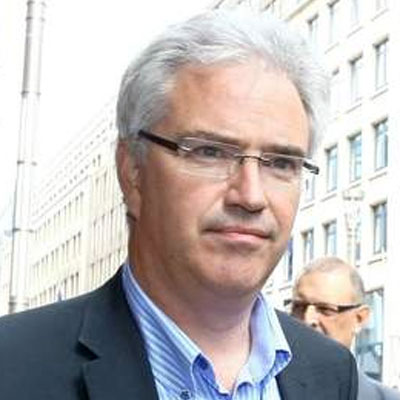
Don't feed refugees, otherwise more will comeView Source
In 2014, Bulgaria had 11,080 asylum and new asylum applicants.
Under the 2015 EU relocation plans, the country will need to accept 2,172 refugees.
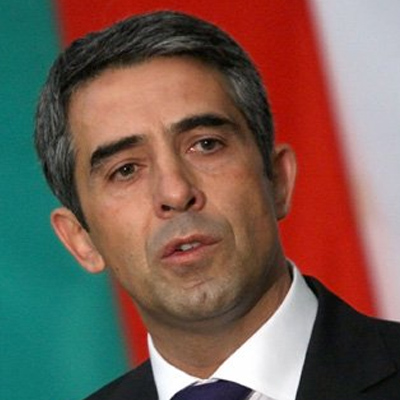
The distribution of the burden is not fair.
EU researcher for Amnesty International who visited an accommodation centre in the Bulgarian town of Harmanli said it was in a "dilapidated state" and had "appalling hygiene conditions".
In 2014, Croatia had 450 asylum and new asylum applicants.
Under the 2015 EU relocation plans, the country will need to accept 1,811 refugees.
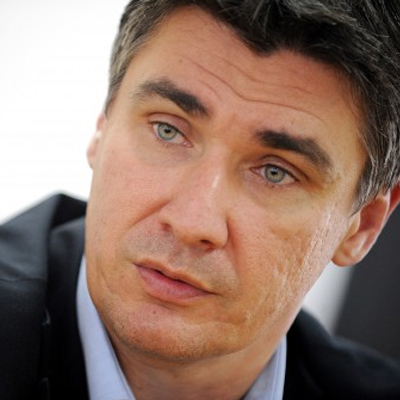
The European Union must know that Croatia will not become a migrant hotspot
In 2014, Cyprus had 1,745 asylum and new asylum applicants.
Under the 2015 EU relocation plans, the country will need to accept 447 refugees.
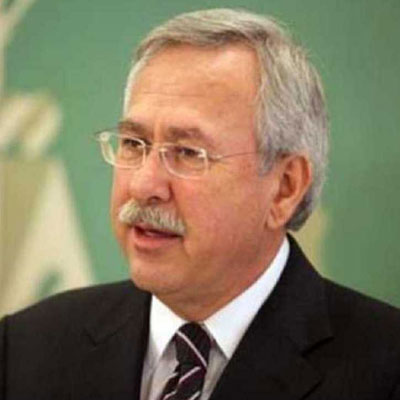
We would seek for them to be Orthodox Christians ... it's not an issue of being inhuman or not helping if we are called upon, but to be honest, yes, that's what we would preferView Source
In March, Amnesty International rapped Cyprus for its "shameful" treatment of migrants and asylum-seekers, saying they were being detained in prison-like conditions for extended periods even when there was no chance they can be deported, as in the case of Syrians.
In 2014, Czech Republic had 1,155 asylum and new asylum applicants.
Under the 2015 EU relocation plans, the country will need to accept 4,306 refugees.
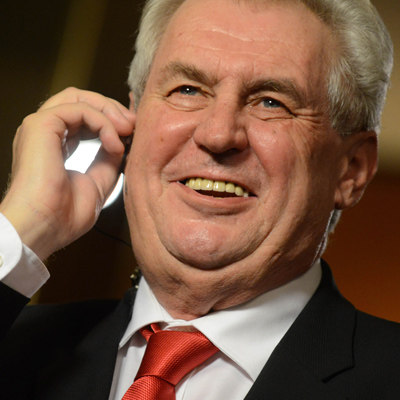
I am profoundly convinced that we are facing an organised invasion and not a spontaneous movement of refugees.
Czech human rights ombudsman Anna Sabatova said one Czech refugee camp "offers worse conditions than Czech prisons"
In 2014, Denmark had 14,715 asylum and new asylum applicants.
Denmark has been given an exemption under the 2015 EU relocation plans and therefore would not be required to take any refugees.
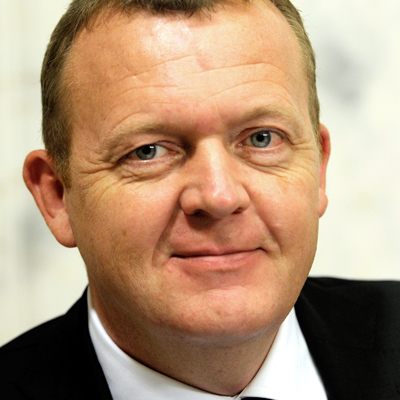
If someone seeking shelter from war has lived for two or three years in Turkey, should he then go to Europe and seek asylum there? As they stand today, the rules allow people to do that, but we are going to have a discussion about that.View Source
In 2014, Estonia had 155 asylum and new asylum applicants.
Under the 2015 EU relocation plans, the country will need to accept 1,111 refugees.
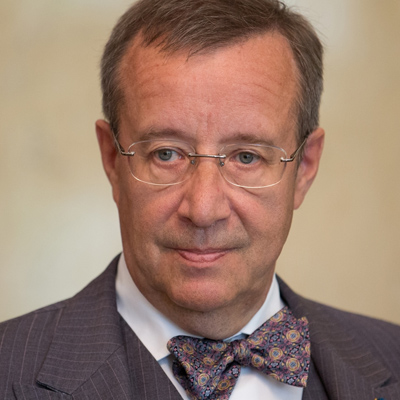
Praising German Chancellor Angela MerkelWhen I talk about absence of leadership, she’s one of the few people in European politics who’s doing more than sticking her finger in the air to see which way the wind is blowing
In 2014, Finland had 3,625 asylum and new asylum applicants.
Under the 2015 EU relocation plans, the country will need to accept 3,190 refugees.
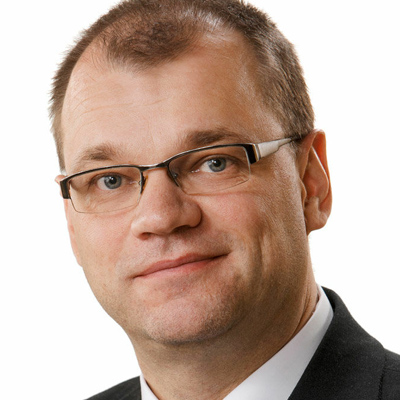
We should all take a look in the mirror and ask how we can help Sipila told the national broadcaster YLE that he would offer his home in northern Finland to house asylum seekersView Source
In 2014, France had 64,310 asylum and new asylum applicants.
Under the 2015 EU relocation plans, the country will need to accept 30,783 refugees.
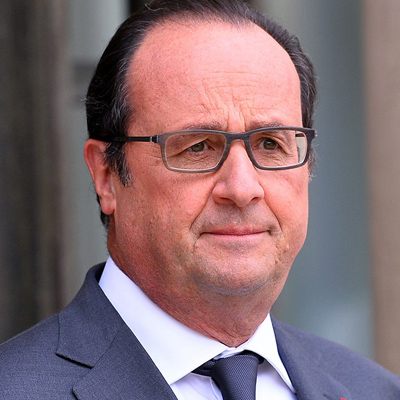
Some have wanted to link the influx of refugees to Friday's acts of terror...The truth is that this link exists because the people of Syria and Iraq have fled because they are martyred by the same people who attack us today. Statement made following the Paris attacks.
The United Nations special representative on international migration, Peter Sutherland, has called conditions in one of the Calais camps, known as the "jungle", as "an indictment on society".
In 2014, Germany had 202,815 asylum and new asylum applicants.
Under the 2015 EU relocation plans, the country will need to accept 40,206 refugees.
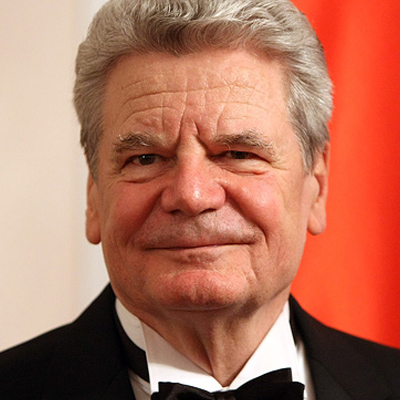
He warned this January that refugee quotas might be morally and politically necessaryView Source
In 2014, Greece had 9,435 asylum and new asylum applicants.
The 2015 EU relocation plans is based on removing the existing refugees in Greece to other EU member states, and as such, the country does not have a quota.
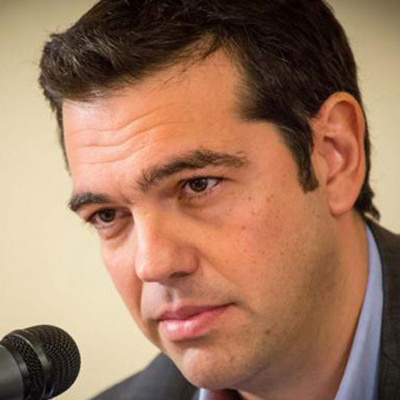
Tsipras said the deaths of refugees on the shores of the holiday islands of the Aegean have made him ashamed to be part of the European Union. I want to express ... my endless grief at the dozens of deaths and the human tragedy playing out in our seas...The waves of the Aegean are not just washing up dead refugees, dead children, but [also] the very civilisation of Europe.View Source
In June 2015, Amnesty said conditions in detention facilities fell significantly below international and national standards and could amount to inhumane or degrading treatment.
In 2014, Hungary had 42,775 asylum and new asylum applicants.
The 2015 EU relocation plans is based on removing the existing refugees in Hungary to other EU member states, and as such, the country does not have a quota.
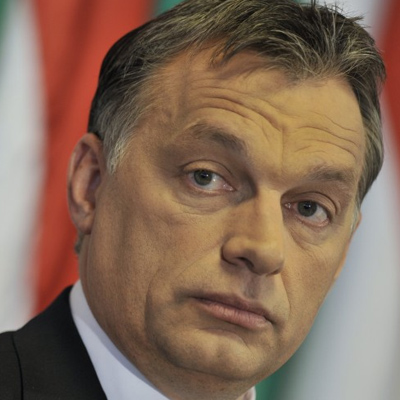
Viktor Orbá said that the large numbers of people now seeking sanctuary in Europe should be seen as immigrants, not refugeesIf they want to continue on from Hungary, it's not because they are in danger, it's because they want something elseHe added that the migrants' target was Germany and "a German life", not physical safety.
Human Rights Watch said in September 2015 that migrants and asylum seekers were being held in “abysmal conditions” in detention centres on the Serbian border.
The same month, a video emerged of crowds clamouring for food in a border camp as police in surgical masks tossed them packs of sandwiches causing widespread outrage.
In 2014, Iceland had 170 asylum and new asylum applicants.
Iceland is not part of the European Union, and as such does not have a quota under the EU relocation plans.
In 2014, Ireland had 1,450 asylum and new asylum applicants.
Ireland has been given an exemption under the 2015 EU relocation plans and therefore would not be required to take any refugees.
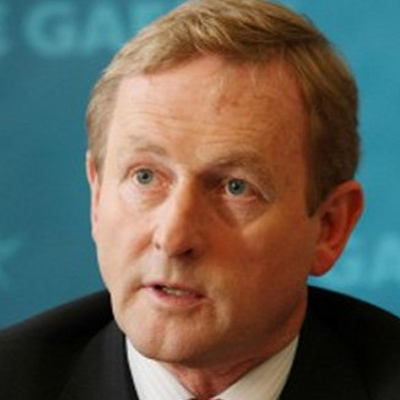
Defending the screening process for refugees, saying there are already checks in place to ensure Ireland does not accept jihadists, he said:It's quite a complex issue, given the numbers that have been travelling and the difficulties that presents at receiving centres...But, they are to be assessed and that's a challenge for Europe to get them all assessed in a comprehensive fashion.
In 2014, Italy had 64,625 asylum and new asylum applicants.
The 2015 EU relocation plans is based on removing the existing refugees in Italy to other EU member states, and as such, the country does not have a quota.
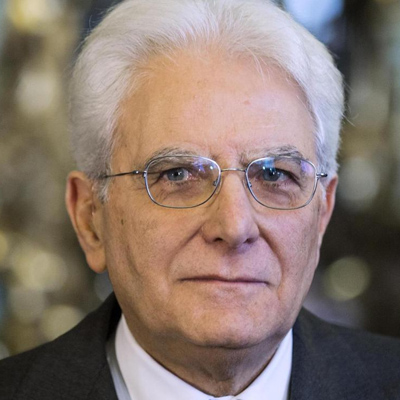
[Closing the door to] the mass of human beings fleeing war, hunger and oppression would be equivalent to canceling hard-won civil and social conquests.
In 2013 Lampedusa Mayor Giusi Nicolini said the centre was like a "concentration camp" after footage emerged of detainees being stripped en masse and hosed down with disinfectant.
In 2014, Latvia had 375 asylum and new asylum applicants.
Under the 2015 EU relocation plans, the country will need to accept 1,043 refugees.
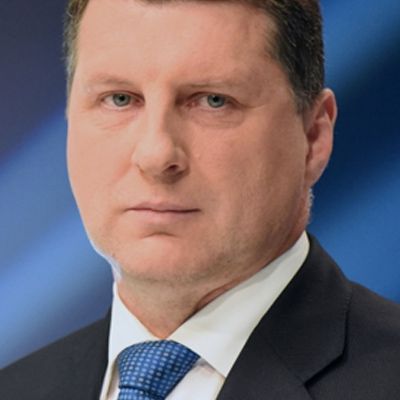
We haven’t any terrorism in our region and I don’t want to somehow escalate the situation and increase the possible threat level…We know that among refugees, there also could be some terrorists, maybe. And that is the main fear of our societyView Source
In 2014, Lithuania had 440 asylum and new asylum applicants.
Under the 2015 EU relocation plans, the country will need to accept 1,283 refugees.
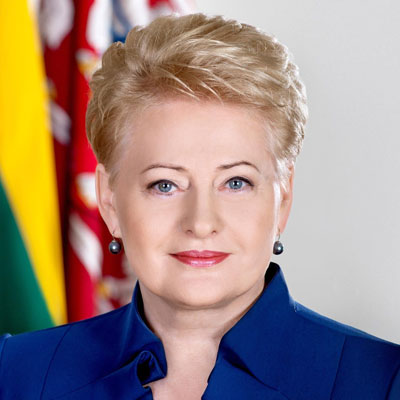
when originally dismissing plans to distribute asylum-seekers across the EU, described the plans asunfair and nonsense
In 2014, Luxembourg had 1,150 asylum and new asylum applicants.
Under the 2015 EU relocation plans, the country will need to accept 808 refugees.
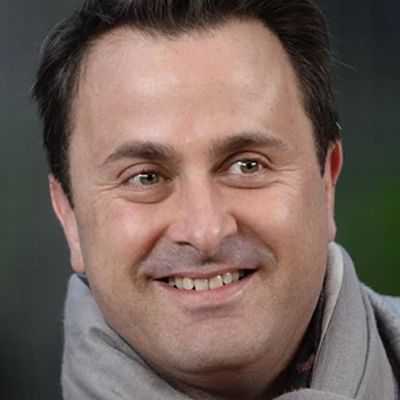
A refugee is not a terrorist and a terrorist is not a refugee drawing a line after the terror attacks in Paris.View Source
In 2014, Malta had 1,350 asylum and new asylum applicants.
Under the 2015 EU relocation plans, the country will need to accept 425 refugees.
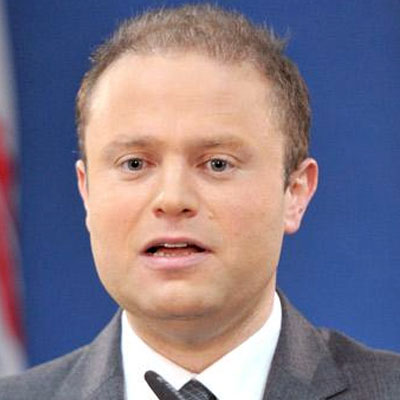
Responding to claims that he was violating EU law by 'pushing-back' refugees, he saidThis is not push back, it is a message that we are not push-overs.View Source
Malta was fined €60,000 after the conditions that some migrants had been held in were ruled to constitute "inhuman or degrading treatment".
In 2014, Netherlands had 24,535 asylum and new asylum applicants.
Under the 2015 EU relocation plans, the country will need to accept 9,261 refugees.
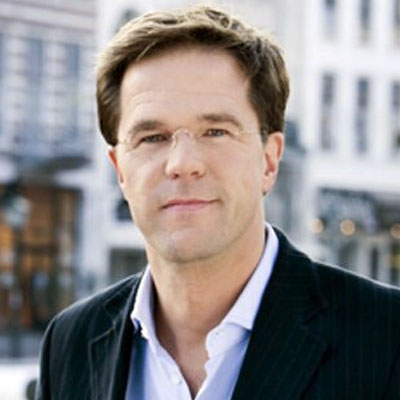
As we all know from the Roman empire, big empires go down if the borders are not well-protected.View Source
"Politicians in the Netherlands have been trying to score political points at the expense of homeless irregular migrants in the national debate about immigration," the UN Special Rapporteur on the human rights of migrants François Crépeau said. "Human migration patterns will not change by letting migrants sleep on the streets."
In 2014, Norway had 13,265 asylum and new asylum applicants.
Norway is not part of the European Union, and as such does not have a quota under the EU relocation plans.
In 2014, Poland had 8,025 asylum and new asylum applicants.
Under the 2015 EU relocation plans, the country will need to accept 11,946 refugees.
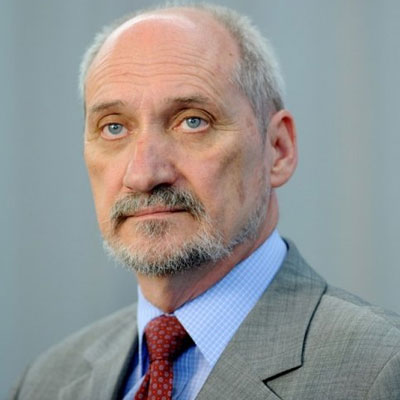
[The Paris attacks showed] how great a mistake it is to try and settle a large Muslim community in Poland
In 2014, Portugal had 445 asylum and new asylum applicants.
Under the 2015 EU relocation plans, the country will need to accept 4,775 refugees.
In 2014, Romania had 1,545 asylum and new asylum applicants.
Under the 2015 EU relocation plans, the country will need to accept 6,351 refugees.
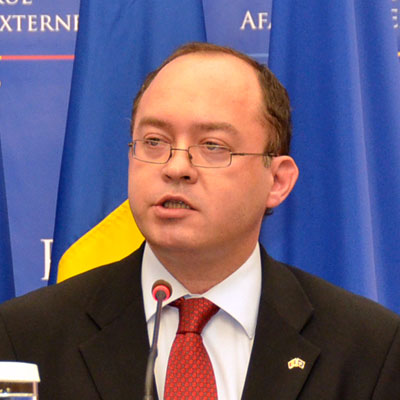
He described Hungary's border closure anautistic and unacceptable act...that violated the spirit of the European Union
In 2014, Slovakia had 330 asylum and new asylum applicants.
Under the 2015 EU relocation plans, the country will need to accept 2,287 refugees.
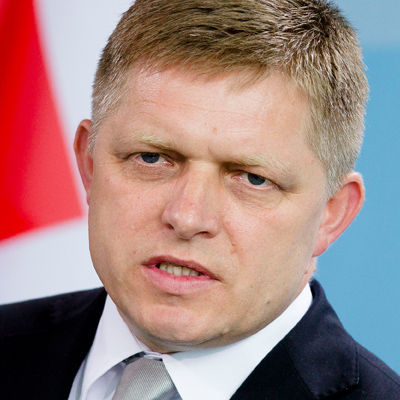
[Slovakia will] never make a voluntary decision that would lead to the formation of a unified Muslim community in SlovakiaView Source
In 2014, Slovenia had 385 asylum and new asylum applicants.
Under the 2015 EU relocation plans, the country will need to accept 1,126 refugees.
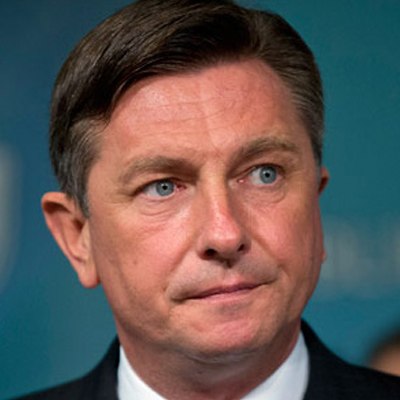
Slovenia cannot become a pocket in which refugees would be stuck if the Austrian and German borders close, because the country could not handle thatView Source
Aid workers from Médecins Sans Frontières spoke of the conditions they found when they reached the city of Brezice in October, where many refugees are sheltering. They said cases of hypothermia were common, and access to basic needs ranging from food to water to drugs was patchy, if not lacking entirely.
In 2014, Spain had 5,615 asylum and new asylum applicants.
Under the 2015 EU relocation plans, the country will need to accept 19,219 refugees.
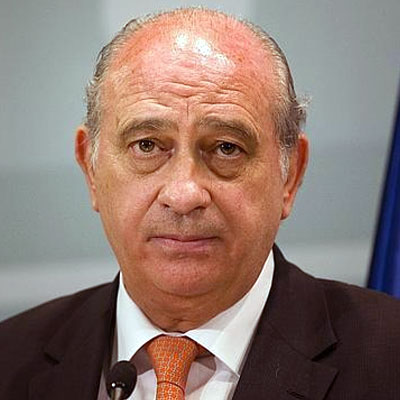
It is urgent to accept refugees, but that has to be done in a way that is compatible with securityHe also added that the "official goodness" of other parties should not be allowed to lift the "shadows of suspicion," which he believes hangs over the refugeesView Source
According to the UNHCR, the Centre for Temporary Residence of Immigrants (CETI), a centre in the Spanish enclave of Melilla in north-east Morocco, was housing 2,161 people as of 12 June, when its maximum capacity is 480.
Two Spanish members of European Parliament visited the complex and described it as "miserable".
In 2014, Sweden had 81,325 asylum and new asylum applicants.
Under the 2015 EU relocation plans, the country will need to accept 5,838 refugees.
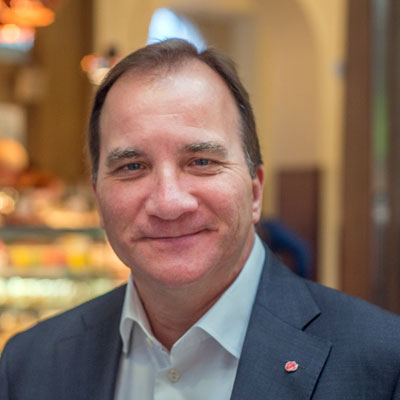
In November 2015, criticising the EU for failing to agree to spread refugees more evenly around the bloc, he said:We are adapting Swedish legislation temporarily so that more people choose to seek asylum in other countries ... We need respite
In 2014, Switzerland had 23,770 asylum and new asylum applicants.
Switzerland is not part of the European Union, and as such does not have a quota under the EU relocation plans.
In 2014, United Kingdom had 31,945 asylum and new asylum applicants.
United Kingdom has been given an exemption under the 2015 EU relocation plans and therefore would not be required to take any refugees.
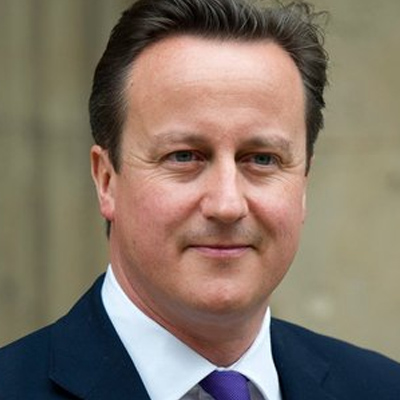
Cameron came under fire for his use of language to describe refugees and migrants attempting to cross the Channel to Britain from the camps in Calais after he derided the Labour leader, Jeremy Corbyn, for meetinga bunch of migrantsView Source
In the UK, thousands of asylum seekers are held in immigration detention centres each year.
Under the Detained Fast Track (DFT), asylum seekers are detained for the duration of their application and appeal, in places such as Harmondsworth Immigration Removal Centre or Yarl's Wood Immigration Removal Centre.
An enquiry launched by a cross-party of MPs looking at the UK's treatment of migrants and asylum seekers found cases in these centres of suicide attempts, detainees being handcuffed for hospital treatment, and of women detainees being sexually harassed by guards. The enquiry concluded that the current system is "expensive, ineffective and unjust".
Data used for the 2014 asylum and new asylum applicants are as reported by Eurostat. Source: The Guardian.
The data used for European Commission 2015 quota's are based on the totals of both the May 2015 & September 2015 proposals, totalling 160,000 refugees. Source: Reuters.